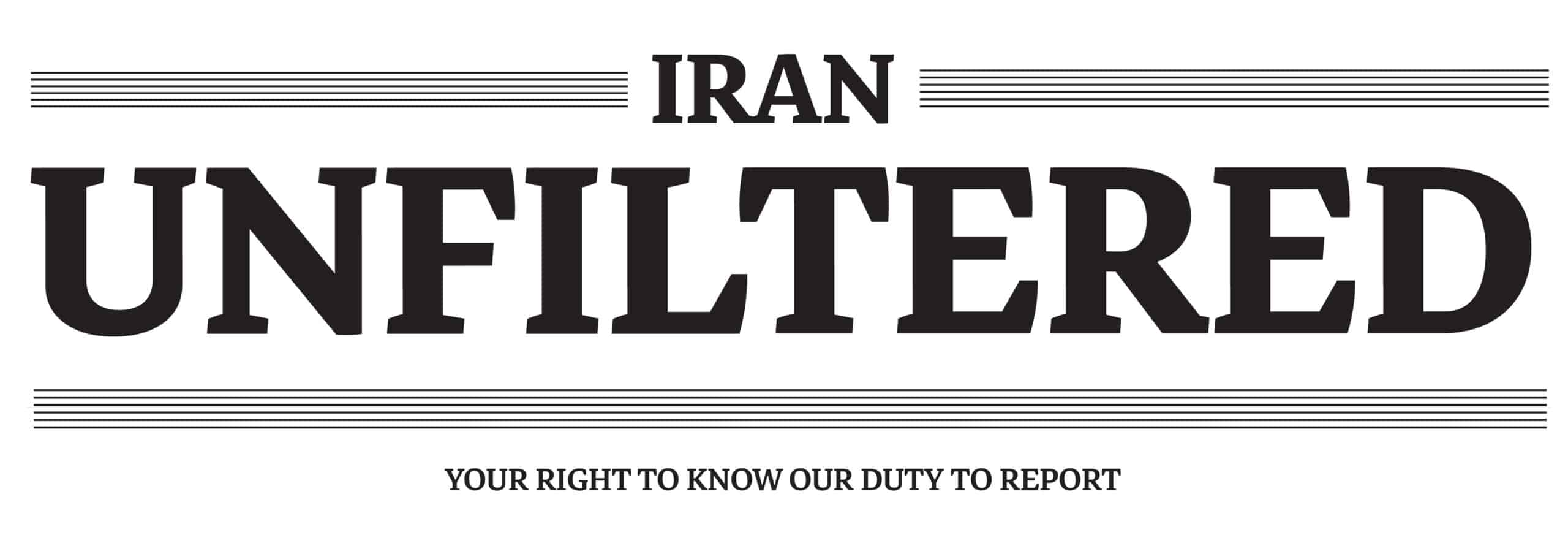On September 28, 2025, the United Nations reimposed sweeping sanctions on Iran, escalating the already tense standoff over Tehran’s nuclear ambitions. This action follows the activation of the “snapback” mechanism under UN Security Council Resolution 2231 (2015), which automatically restores sanctions if Iran is found in violation of the Joint Comprehensive Plan of Action (JCPOA) and fails to secure continued sanctions relief within 30 days. The reimposition was initiated by the United Kingdom, France, and Germany (the E3), citing Iran’s stockpiling of highly enriched uranium and obstruction of International Atomic Energy Agency (IAEA) inspections.
The newly reimposed sanctions are comprehensive, including an arms embargo, banning the sale or transfer of conventional arms to and from Iran, and nuclear and missile restrictions aimed at halting uranium enrichment and the development of ballistic missiles. Asset freezes target individuals and entities involved in Iran’s nuclear activities, while travel bans limit movement for key figures in Iran’s missile and nuclear programs. Financial sanctions restrict Iranian banks, including the Central Bank of Iran, from engaging in international transactions, and transport and shipping measures block Iranian cargo flights to and from EU airports, restricting the maintenance of vessels carrying prohibited materials.
The sanctions will exacerbate Iran’s economic crisis, pushing inflation above 40%, further devaluing the rial, pushing it to 1,155,000 IRR to 1 USD, restricting the country’s ability to trade, thus bringing the trade deficit to new heights, and worsening the economic strain on a population already barely able to finance its basic needs.
The sanctions add to Iran’s mounting economic struggles. The country already faces rolling blackouts, particularly in Tehran, Kerman, and North Khorasan, where outdated infrastructure has caused widespread electricity shortages. These blackouts have forced 50% of factories to shut down, contributing to rising unemployment.
Iran also struggles with water shortage driven by dwindling rivers and reservoirs, compounded by poorly maintained infrastructure controlled by companies linked to the IRGC.
The sanctions and the snapback mechanism are not inevitable acts of nature. For over 40 years, the theocratic regime of the Islamic Republic of Iran has deliberately chosen to divert national wealth away from the welfare of its people, channeling it instead into the expansion of the Islamic revolution. Many resources were allocated to unproductive military ventures while threatening the very existence of neighboring countries, which led to a global effort to stop the Iranian threat.
Supporting militias like Hizballah, Hamas, and the Houthis has cost Iran over $1.6 billion annually for nearly 40 years. Meanwhile, its nuclear and missile programs have drained an estimated $3 trillion from the country
One might wonder why the theocratic regime of Iran constantly threatens its neighbors. Perhaps the answer is simple: without these threats and the vast resources spent on acquiring the means to destroy other nations, the Islamic Republic of Iran would not be what it is today.
Whatever the motives of the Iranian regime, the Iranian people face a simple economic reality: every choice has a tradeoff. Investing in military capabilities and engaging in prolonged conflicts comes at a steep cost: low wages, deteriorating infrastructure, and a diminished quality of life.
The Iranian people must now confront a critical question: is this endless cycle of military spending and conflict worth the price of their economic hardship?
